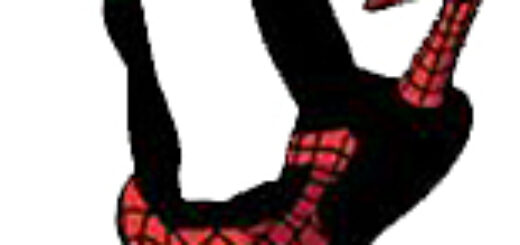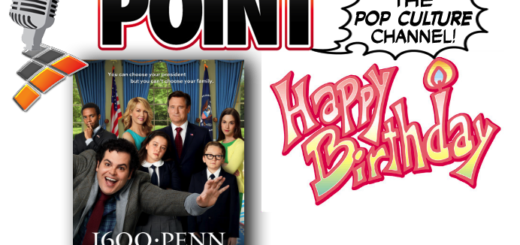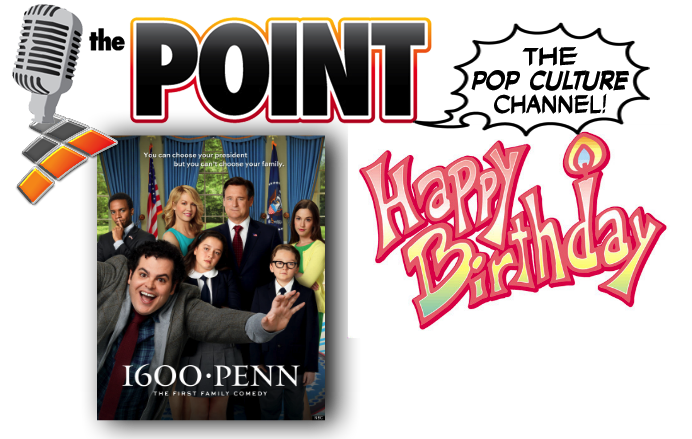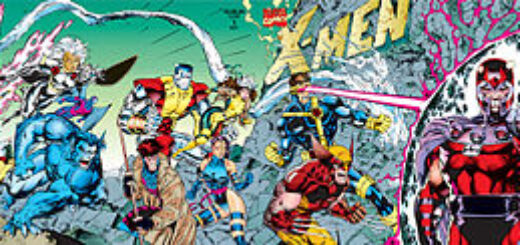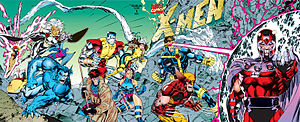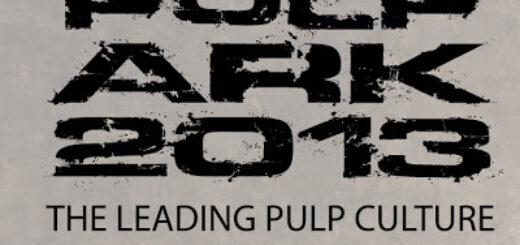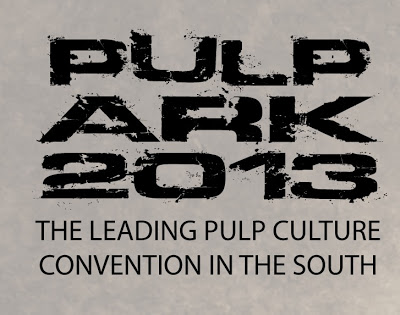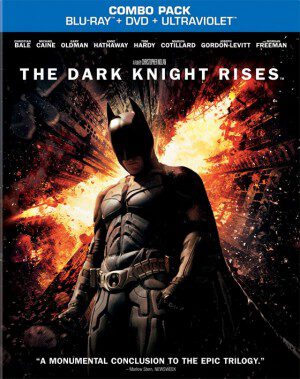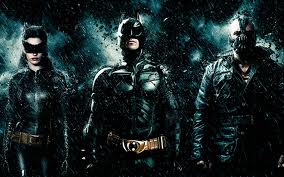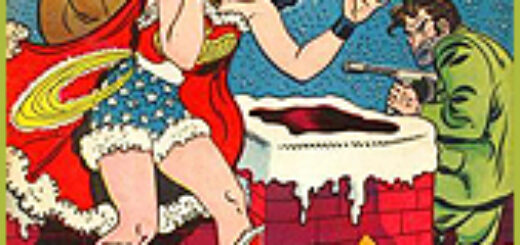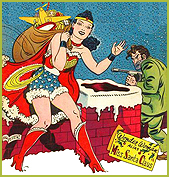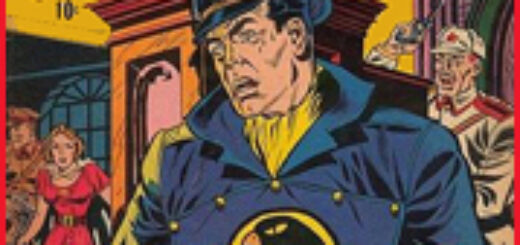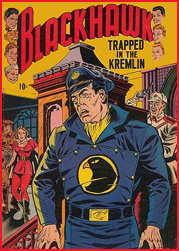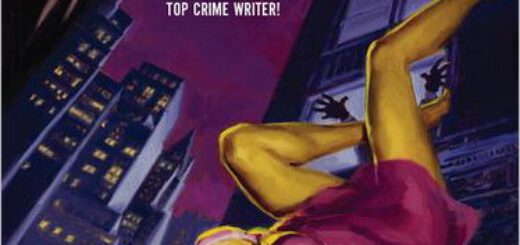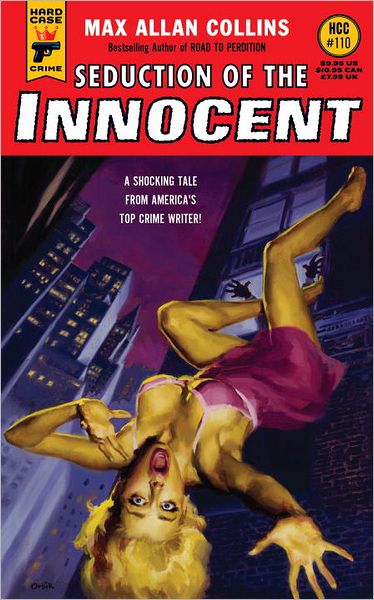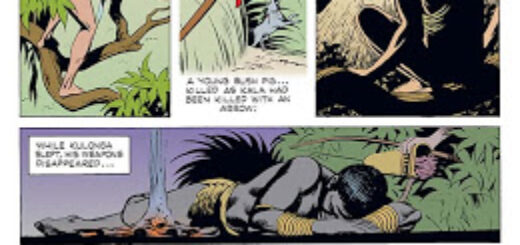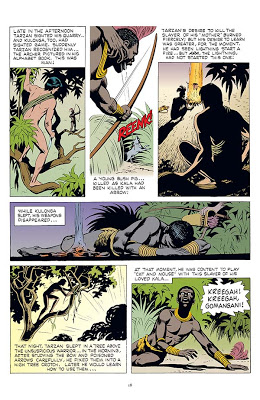Emily S. Whitten: Another Day, Another…Death Threat?!
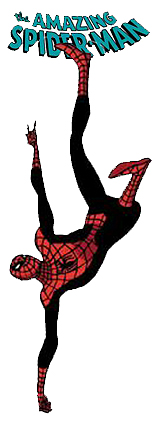 We’ve talked about being disrespectful of the dead because you don’t like their creative work. Now let’s talk about being disrespectful to the living.
We’ve talked about being disrespectful of the dead because you don’t like their creative work. Now let’s talk about being disrespectful to the living.
As has been reported elsewhere, some pages from Dan Slott’s Amazing Spider-Man #700 have been leaked to the Internet prior to its December 26 (tomorrow!) release date, including the big conclusion to the current plotline that fans have been speculating about. Despite this being its own unfortunate situation (of spoiling a story conclusion Slott has spent a slew of issues building up), that’s not what I want to focus on.
As it turns out, the spoilered ending appears to drastically change the status quo of the Spider-Man story. This is not the first time that’s happened in comics or anything (not even the first time in Spider-Man, as I’m sure we all remember (hello, Clone Saga and One More Day!). But this particular change, which Slott knew would bring controversy, has drawn a huge amount of venom, and all of it is being heaped on Slott’s head – in many cases, in the form of death threats.
Death threats. Against a writer of fiction. About a fictional character. Whom he has been writing to great acclaim for quite a while now. People, I think we need to step back and think about our priorities and our behavior for a minute, here.
I can understand disliking the work of a writer who takes on an already beloved character and then does something unexpected with him or her (hello, certain Deadpool writers). I can also understand liking a writer’s work but not liking the turns they decide to have a story take. I can even understand taking to the Internet to discuss your unhappiness with the whole situation. What I can’t understand is threatening to physically harm someone because they wrote some words (or drew some pictures) you didn’t like. That is just not okay, and even if the people making the threats are being facetious (and some of them may not be, which is scary), that sort of behavior encourages an acceptance of a casual attitude towards violence, that, especially with the recent tragedies this year, should certainly be discouraged.
Look, I love comics just as much as anyone out there. I get invested in the characters and the stories too. I might get upset, or even stop reading a series, because they’ve changed the direction and I don’t like the result. And that’s A-OK. As readers, it is our prerogative to stop reading a comic if we no longer enjoy it, and it’s also one good way to show our dislike of the current direction of a story, since the companies pay attention to sales data. And as readers, it’s also fine to express our unhappiness in public forums, and can even influence further changes in direction, as these companies also tend to take note of the aggregate level of satisfaction we the readers are expressing about story direction. We are actually lucky in that way; it’s a pretty special thing to know that our opinions on a work of fiction might actually mean something to the future of that fiction. So hooray for us, consumers of a medium that, uniquely, tends to listen to its consumers sometimes and adjust its story accordingly. That’s cool.
What’s not cool is forgetting that this is a creative medium and a fictional world, produced by real people without whom it would not exist and who deserve our consideration as fellow human beings. What’s also not cool is getting so involved in hatred for a storyline that you forget what comics are – a series of stories that, by their very nature, must change and adjust with the times, and to keep the series from stagnating; a fate which to my view would be worse than a change in the status quo. The plots of ongoing comics will inevitably include some crazy stories like the Punisher turning into Frankenstein, or people making a literal deal with the devil (or demon) which makes them forget they were married and brings other people back to life. That’s actually part of the fun and wonder that is encompassed by the medium – that writers can do that kind of stuff (whether it turns out well or not) and then do something else, and then something else – and the story keeps changing, even when the fundamentals (generally) remain the same.
In this instance, I doubt the current turn of events will remain in place forever… and even if it did, well; would it really be so bad? Maybe it would. Maybe it wouldn’t. We don’t know, because the rest of this story hasn’t been written yet. It may turn out to be an amazing story. And if it doesn’t; well, then in time, it may be replaced by something better. Either way, it’s kind of how comics work, and it’s not worth threatening to harm a real, living, breathing person.
Slott has said that he’s taking the threats to his person seriously, and I’m glad. But I’m sad for the fact that he has to do that. Imagine living in that situation for a minute – being a known entity, with your picture out there for all to see, and knowing that more than one stranger out there has expressed the desire to hurt you, and could possibly do so. That’s a terrible and undeserved thing for someone to have to deal with. He shouldn’t have to be worrying about that, especially in the midst of what is probably some well-deserved time off for the winter holidays.
I didn’t realize when I started writing this piece that it would happen to fall on Christmas, but I find it apropos at a time when we are supposed to be experiencing the joy of the holidays and expressing goodwill towards our fellow people, to be posting this request to comic fans at large, and particularly to those who have been taking their fandom much too seriously lately:
Let’s keep remembering, as a community, that comics are a wonderful thing, created by wonderful people, and that those people deserve our respect and consideration as fellow human beings.
Oh, and one more thing: let’s remember that real people are more important than fiction. And not threaten to harm them, because that is terrible.
Thank you.
And now, all that remains as the year draws to a close is to wish everyone out there a Merry Christmas! Or a Happy Hanukkah! Or a happy holiday of whatever sort you may celebrate!
And until next time, be kind to each other, and Servo Lectio!
TUESDAY AFTERNOON: Michael Davis
WEDNESDAY MORNING: Mike Gold

